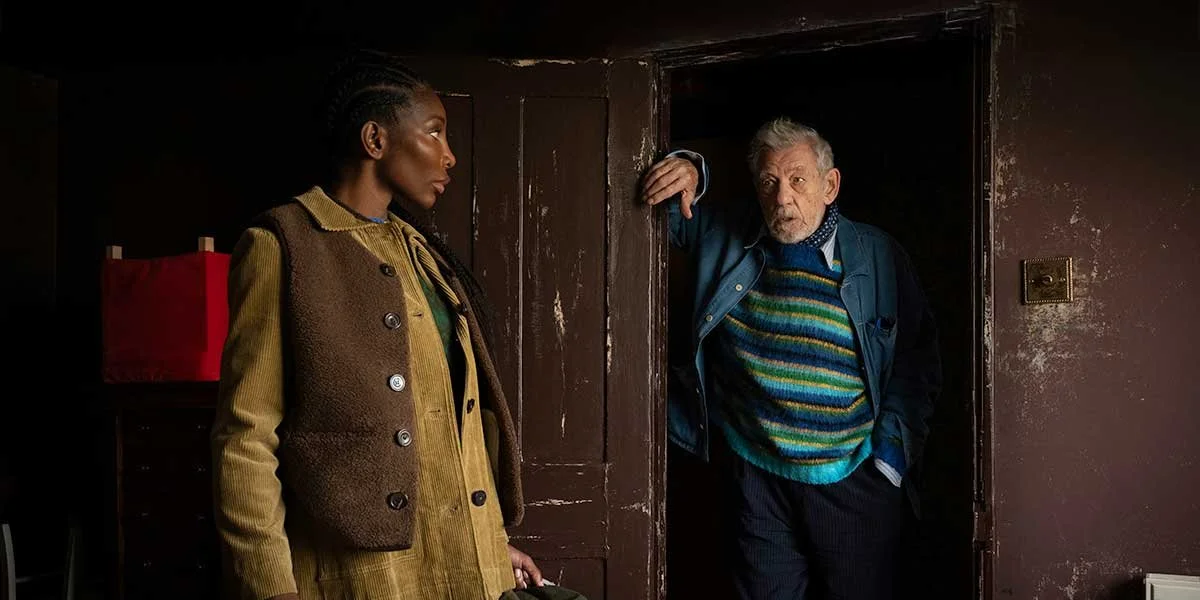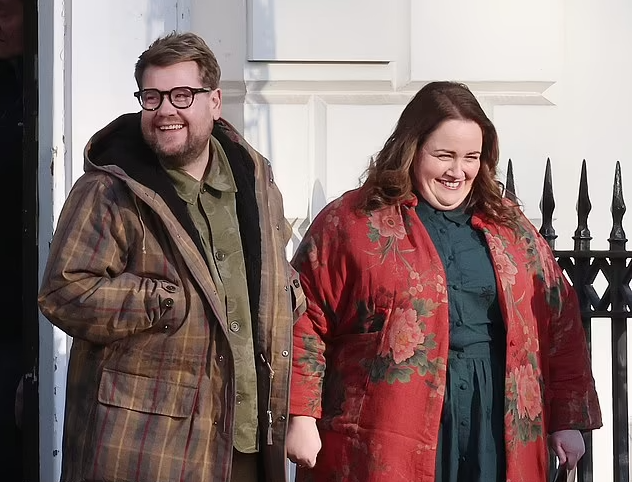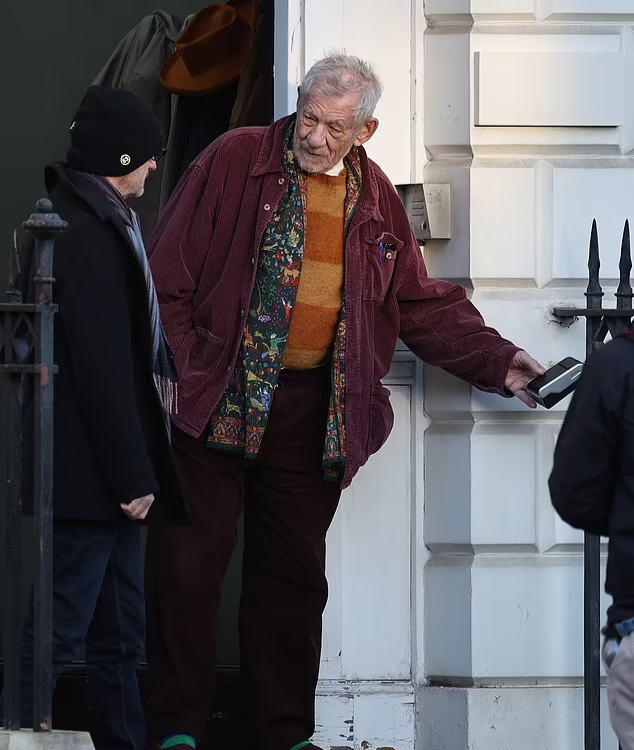'The Christophers' Review: Steven Soderbergh Examines His Own Art [TIFF 25]
With a more contemplative approach to filmmaking, Steven Soderbergh reflects on his legacy through one of Ian McKellen’s best-ever performances in ‘The Christophers’, and marks the beginning of his late stage.
Steven Soderbergh has entered his late stage. This much is clear by the time the credits for his latest movie ‘The Christophers’, roll. It’s an entirely different object than his alleged “return to form” (this statement insinuates that he has missed, which he hasn’t) in Black Bag, and will likely prove to be one of the most alienating movies he’s ever made. In fact, I wouldn’t blame anyone for wanting to walk out on what is essentially a shoestring-budgeted two-hander between Michaela Coel and Ian McKellen as they ruminate on the value of several art pieces throughout the course of its runtime.
Coel plays forger Lori Butler, who is tasked by the children of Julian Sklar (McKellen), Barnaby (James Corden), and Sallie (Jessica Gunning), to complete the remaining pieces of Julian’s most well-known work, “The Christophers,” before the artist passes away. She meets the artist and hopes to convince him to give the pieces away, but as she spends more time with him, Lori realizes that his art is not worth being forged. Instead, it needs to be exposed, so a new generation of art lovers can see his work and appreciate who Julian Sklar was in his heyday, as his legacy shouldn’t be forgotten.
Corden (left) & Gunning on set
Through this seemingly low-budget chamber piece, Soderbergh begins to question his art and the legacy he’s going to leave behind, as an aging filmmaker who wrestles with a new era of moviemaking that seems to dismiss him entirely. Yet, he continuously makes some of the most honest and profoundly moving art you can see in a time period where films have become devoid of it. The Christophers may not be Soderbergh's most aesthetically polished work, especially in the cinematography department (compared to Black Bag and Presence, his most recent projects, which stretch the limits of his filmmaking prowess), but it has a sincerity that previous Soderbergh pictures didn’t tap into, or at least didn’t ruminate on at this scale.
It’s a funny movie, a really funny one, but underneath Ed Solomon’s sharp writing and legendary performance from Ian McKellen is a profound sadness that slowly reveals itself as the movie progresses. Yes, it’s extremely slow, and way too talky for a Soderbergh picture, who usually relies on visuals to tell a story instead of dialogue. In fact, in a recent interview, he famously stated that one of his primary philosophies as a filmmaker is that “You should be thinking about how to build images by reminding yourself that somebody should be able to watch this and understand what’s happening – the relationship between the characters, the plot – they should be able to look at this thing on mute and still understand it.”
You won’t be able to watch The Christophers on mute. The movie looks televisual, and dialogue is an integral part of the exchanges between both Lori and Julian. In fact, this feels more like live theater than the cinematic works of art Soderbergh is known for. Occasionally, he’ll produce an image of raw emotional power that does not need any dialogue, and whose meaning can absolutely be extracted when looking at it (such as a jaw-dropping use of second screens near the end of the movie), but the bulk of The Christophers is between Coel and McKellen, who are both incredible.
McKellen on set
The dialogue-heavy film can sometimes feel like a bug instead of a feature, and it is highly evident at the beginning of the movie, where dense exchanges between Lori and Julian move The Christophers at a snail’s pace, and force us to continuously listen instead of paying attention to how Soderbergh (who always acts as his own cinematographer, through the pseudonym “Peter Andrews”) places his camera. We eventually surrender to these exchanges, as soon as Soderbergh and Solomon begin to tap into a more self-deprecating analysis of the filmmaker’s art, as he questions exactly what it will mean when he eventually retires (it’s not as if he’s done that before…) and passes away.
Julian was a great artist who sadly fell into oblivion after a series of mishaps forced him to retire from public life, and his work has been largely overlooked ever since. Lori does not decide to listen to Julian’s children when she realizes just how influential his art is, and, in that regard, secures his legacy. But what about Soderbergh’s? Will his art stand the test of time or amount to nothing tangible? This question is at the heart of The Christophers, one that the director has difficulty wrestling with. However, it’s why the film is such a compelling piece of work, even if its aesthetics may not be what we’re usually accustomed to from Soderbergh.
Rarely do we see any filmmaker open themselves up like this, especially in a place where few pay attention to their work or think they’re being serious. McKellen is definitely playing an older, metatextual version of Soderbergh, who questions what his art will stand for when he leaves this world behind and people begin to remember him in the past tense. It’s one of his best performances, and one that will undoubtedly leave a mark in his storied filmography, but the real star of the picture is Coel, whose eyes stay with you long after she’s realized why Julian’s art is essential.
Some have entirely rejected what Soderbergh has been doing post-retirement, which is a shame, since they fail to realize just how vital his work genuinely is. The thing is, his films speak for themselves. After he will eventually depart this earth, they will continue to resonate with a generation of moviegoers who discover his raw power as an artist who pushes the limits of moviemaking to previously unexplored territories. The Christophers may not be Soderbergh’s most polished effort, but it’s definitely one of his most devastating pictures, and will be remembered as a turning point in his career, as he enters a more contemplative stage with some of his most cogent images and themes at play.



